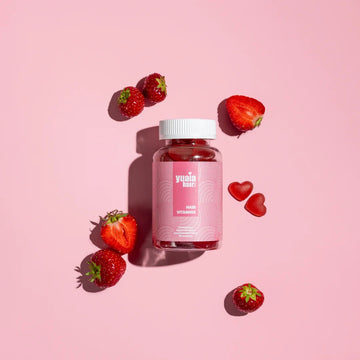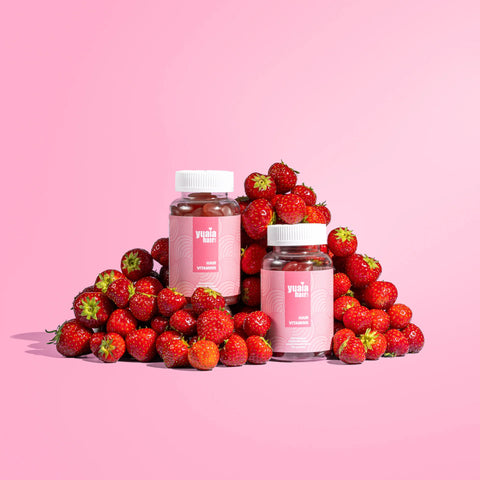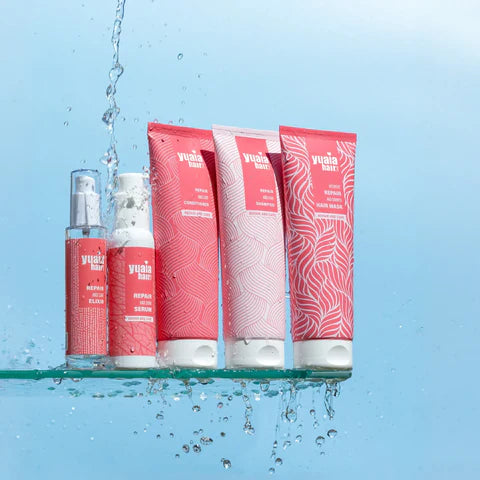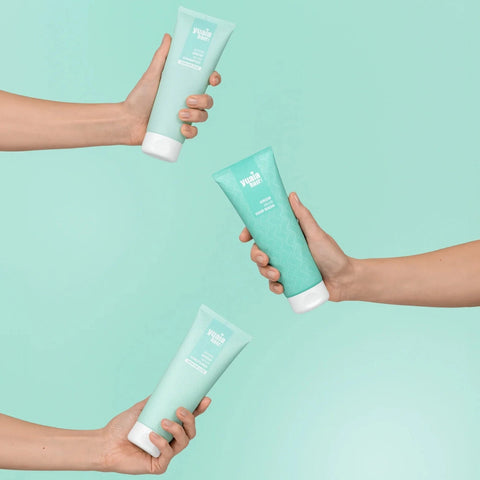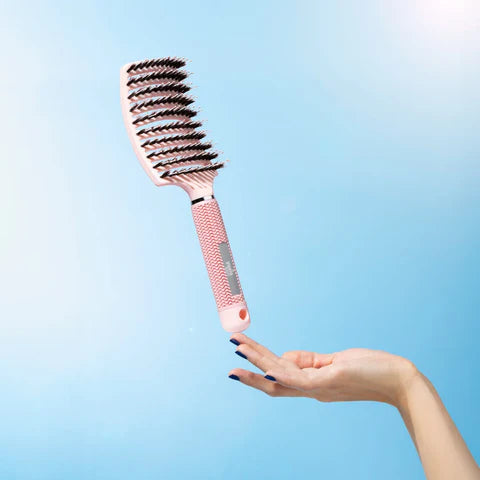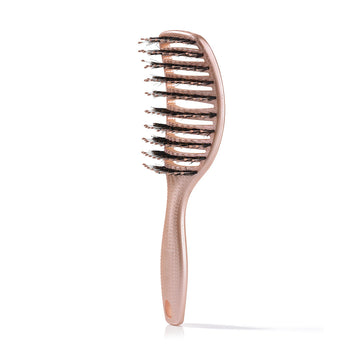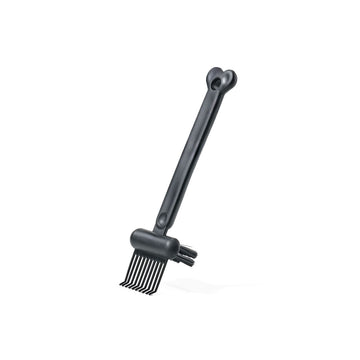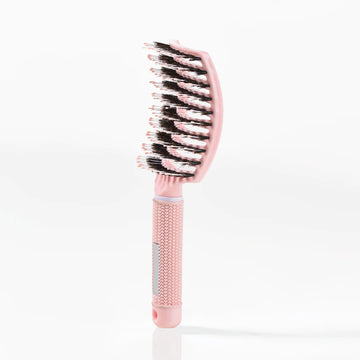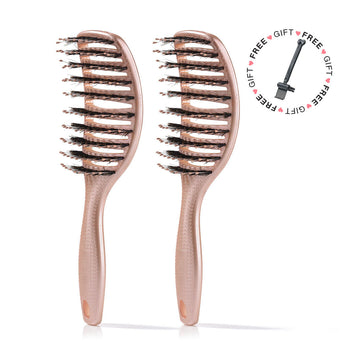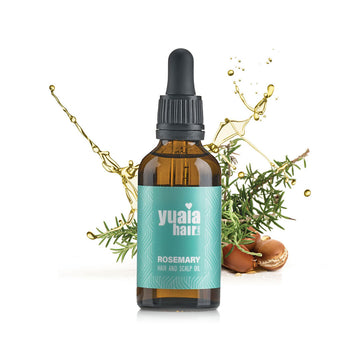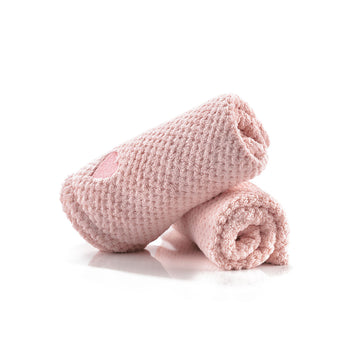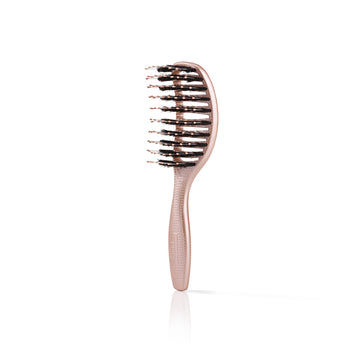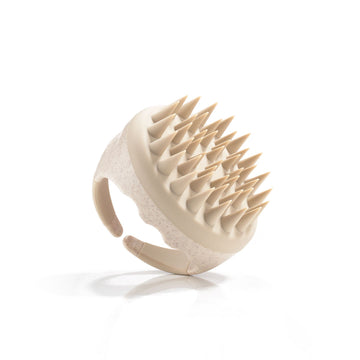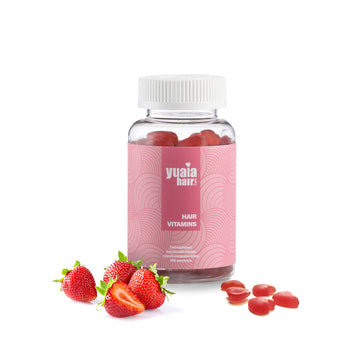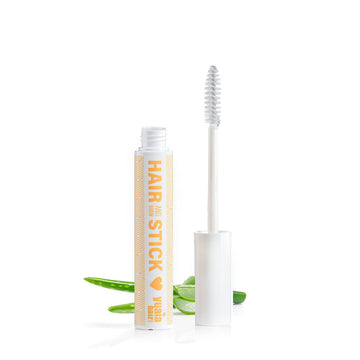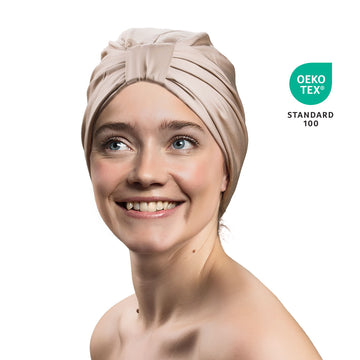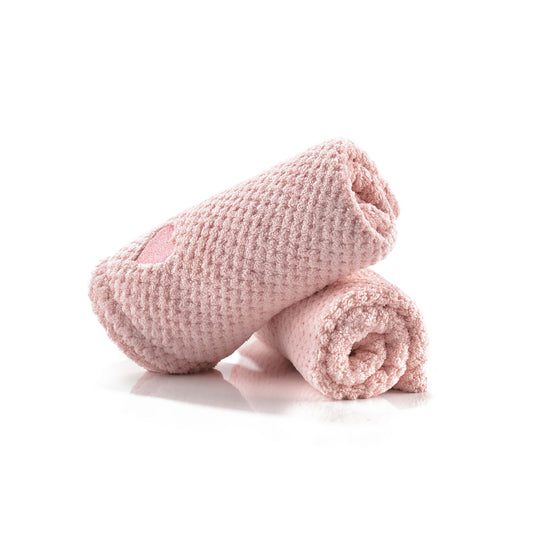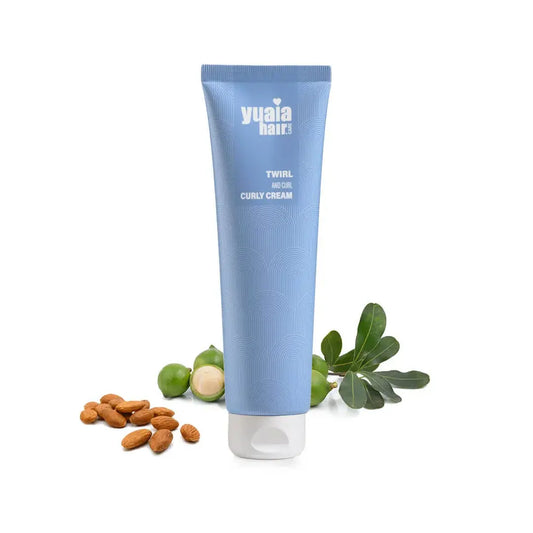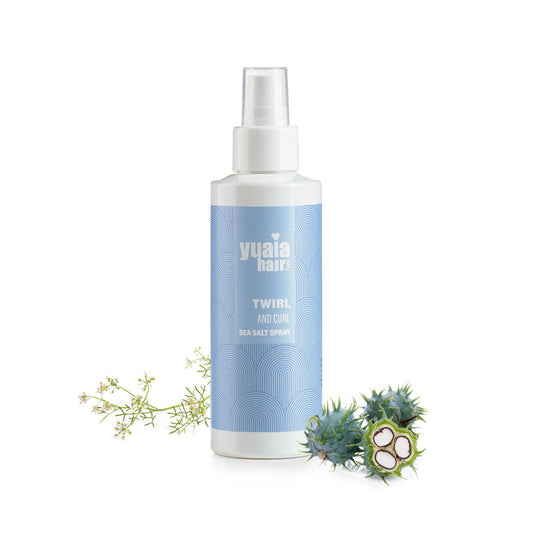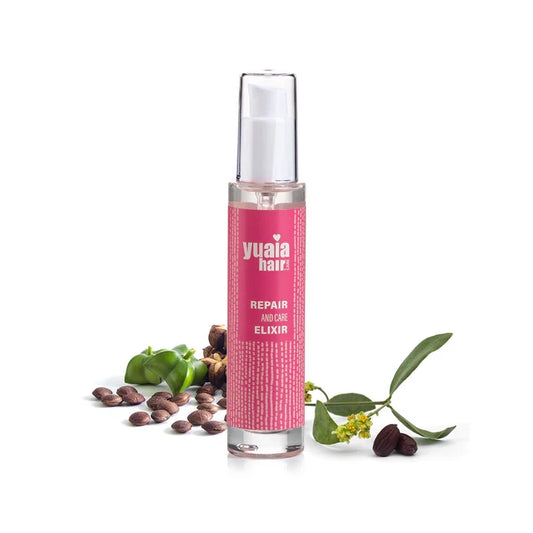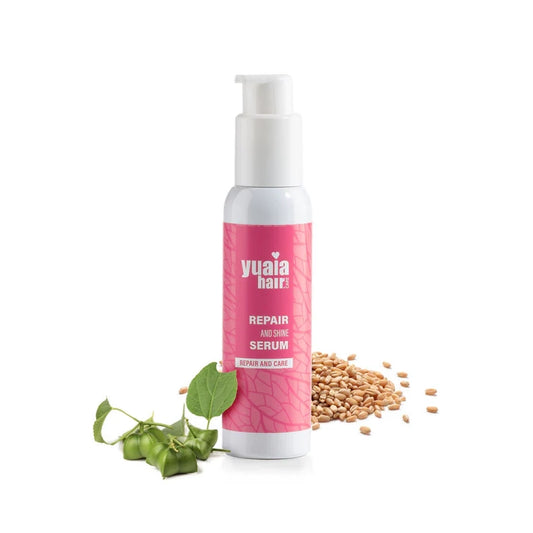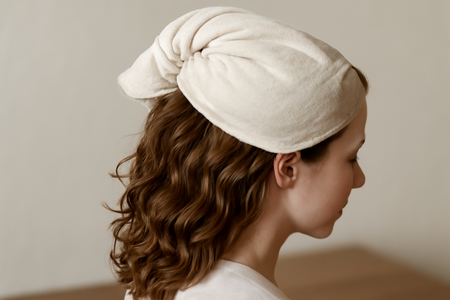
What is plopping and how does it work?
Plopping is an innovative hair-drying technique that utilizes a cotton T-shirt or a microfiber towel to wrap wet hair. This method is particularly effective for wavy hair, as it encourages the waves to clump together, resulting in more defined and bouncy hair. By enveloping the hair in a soft fabric, plopping minimizes friction, which in turn reduces frizz and mechanical damage. This gentle approach to drying helps maintain the integrity of the hair cuticle, leading to smoother and healthier hair.
One of the significant advantages of plopping is its ability to enhance wave definition. As the hair dries in a plopped state, the waves are encouraged to form naturally and uniformly. This technique also absorbs excess moisture efficiently, which shortens drying time and eliminates the need for heat-based styling methods. By reducing reliance on heat, plopping protects the hair from potential heat damage, preserving its natural texture and health.
Benefits of plopping for wavy hair
Plopping offers several benefits for those with wavy hair, making it a popular choice for enhancing natural texture:
- Enhanced wave definition: The technique promotes the grouping of waves, providing a more uniform and structured appearance. This results in hair that looks fuller and more vibrant.
- Frizz reduction: By keeping the hair cuticle smooth during the drying process, plopping minimizes frizz, leading to a sleeker look.
- Reduced heat damage: Eliminating the need for heat-based styling tools, plopping helps maintain hair health by preventing the damage often caused by high temperatures.
- Faster drying time: The method efficiently removes excess water, reducing the overall time needed for hair to dry completely.
Step-by-step guide to plopping for wavy hair
To achieve the best results from plopping, follow these steps:
- Start with freshly washed hair and gently squeeze out excess water using a microfiber towel or cotton T-shirt.
- Apply a lightweight styling product, such as our Twirl and Curl curly cream, to enhance wave definition and add moisture.
- Lay a cotton T-shirt or microfiber towel on a flat surface and flip your head over so your hair is centered on the fabric.
- Wrap the fabric around your head, securing it at the nape of your neck. The fabric should hold your hair in place without being too tight.
- Leave your hair in the plopped position for 15-30 minutes, depending on your hair's thickness and drying needs.
- Remove the fabric and allow your hair to air dry, or use a diffuser on a low setting to finish drying.
Who should try plopping?
Plopping is especially beneficial for those with wavy (type 2c) and curly (type 3a, 3b) hair. It helps define natural wave patterns and reduces frizz without the need for heat styling. However, individuals with tighter curls (type 4) might find that plopping prolongs drying time and could lead to tangling. For these hair types, alternative drying methods, such as using a rosemary hair oil for added moisture and protection, may be more suitable.
Common mistakes and how to avoid them
For those new to plopping, it's easy to make a few missteps that can affect the outcome. One common mistake is wrapping the hair too tightly, which can lead to unwanted creases and uneven wave patterns. Ensure the fabric is snug enough to hold the hair but not so tight that it disrupts the natural wave formation. Another frequent error is leaving the hair plopped for too long. While it's tempting to extend the plopping time for more definition, this can lead to limp waves. Aim for a balanced duration that suits your hair's thickness and drying needs.
If you find that plopping results in frizz, double-check the fabric you're using. A microfiber towel is often more effective than a cotton T-shirt at reducing frizz. Additionally, consider applying a lightweight serum or curl cream before plopping to provide extra moisture and smoothness.
Visual demonstrations
Seeing plopping in action can be incredibly helpful for mastering the technique. Watching video tutorials or following step-by-step images can provide a clearer understanding of how to execute each step properly. Visual aids can demonstrate how to position the fabric, wrap the hair, and achieve the desired results. This approach ensures you can replicate the process at home with confidence, leading to beautifully defined waves.
Frequently asked questions
How long should you plop your hair?
The ideal plopping duration varies depending on your hair type and thickness. Generally, 15-30 minutes is sufficient for most wavy hair types. Adjust the time based on how quickly your hair dries and the level of definition you desire.
Can plopping be done overnight?
Yes, plopping overnight is an option for those seeking convenience. However, it's important to use a comfortable fabric that won't shift during sleep. Overnight plopping can enhance wave definition, but be mindful of potential flattening from prolonged pressure.
What if plopping makes my hair frizzy?
If plopping results in frizz, consider adjusting the products you use beforehand. A lightweight serum or curl cream can help smooth the cuticles. Additionally, ensure the fabric is not too abrasive and that you're not leaving the hair plopped for too long.
 2-5 day delivery
2-5 day delivery
 25.000+ satisfied customers
25.000+ satisfied customers
 Satisfaction Guarantee
Satisfaction Guarantee

